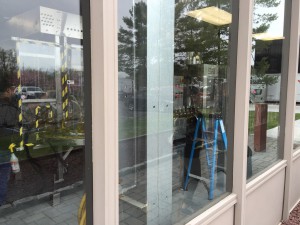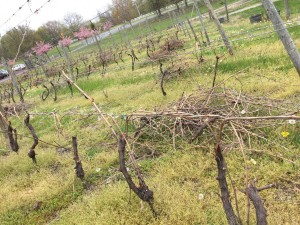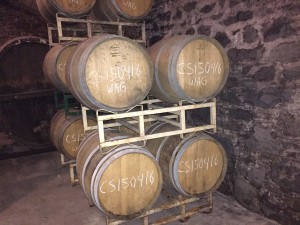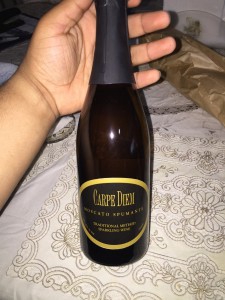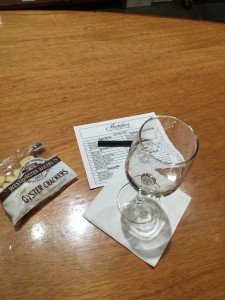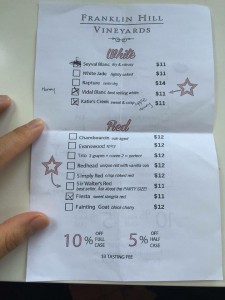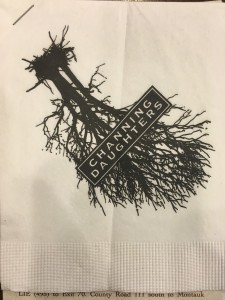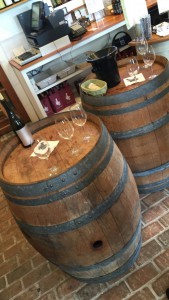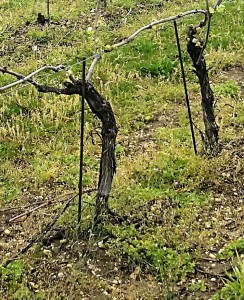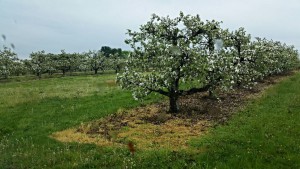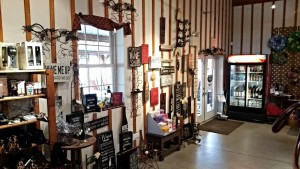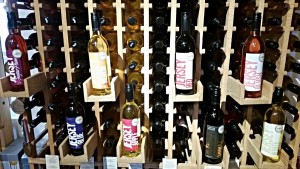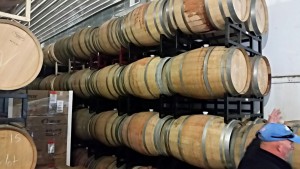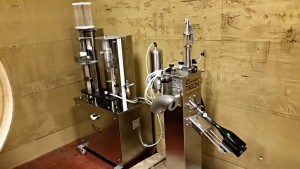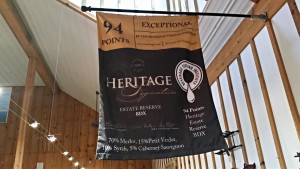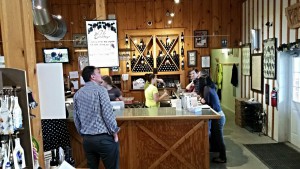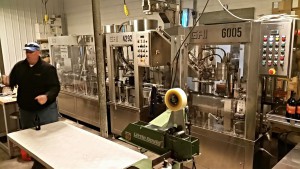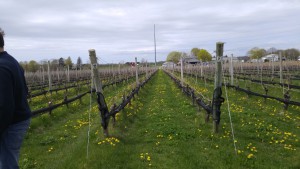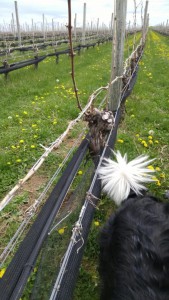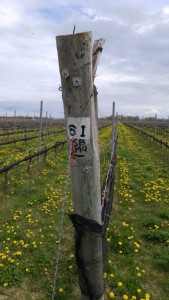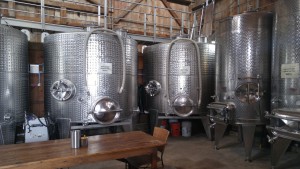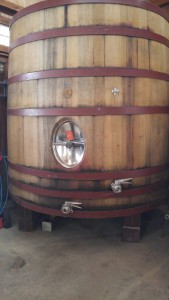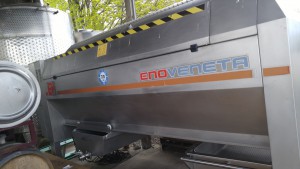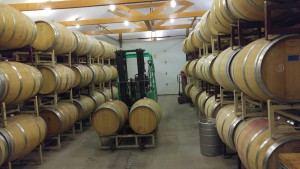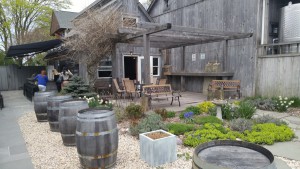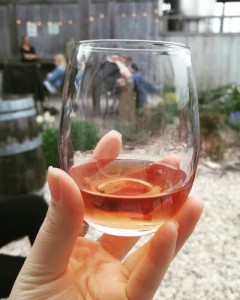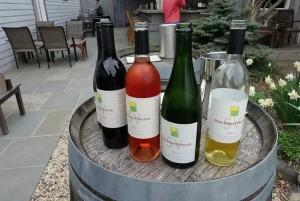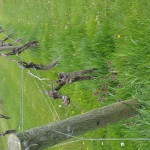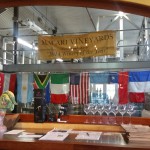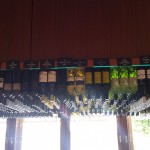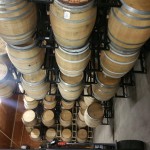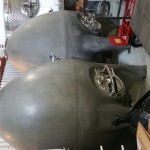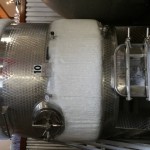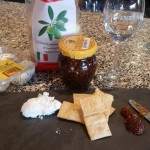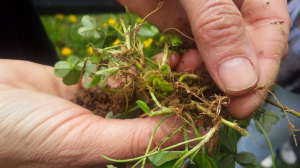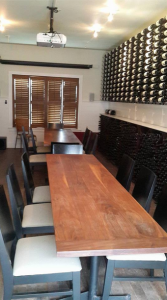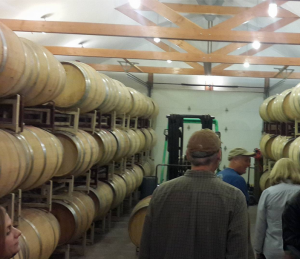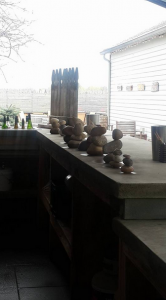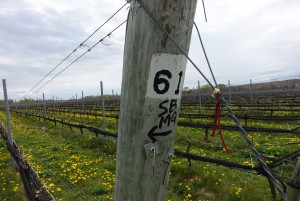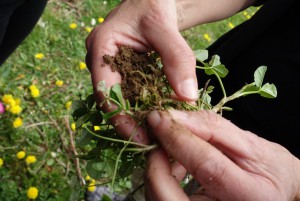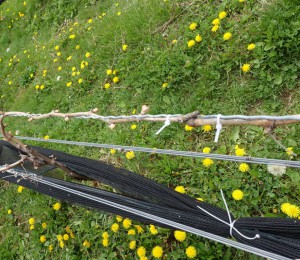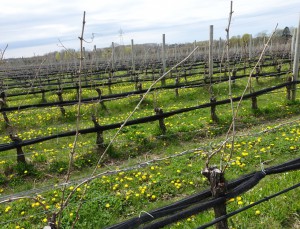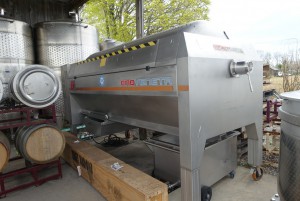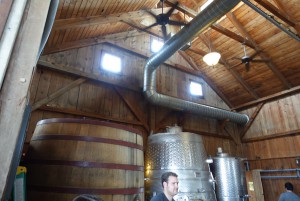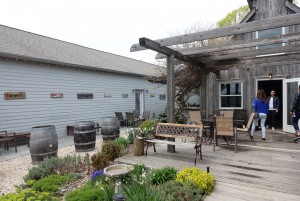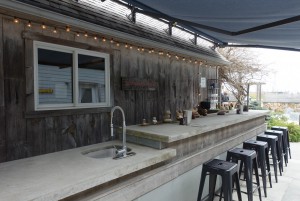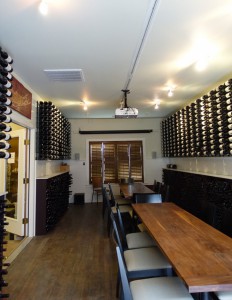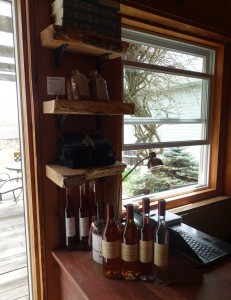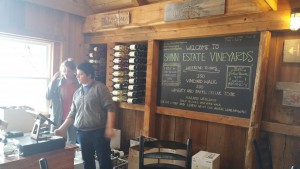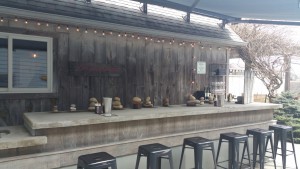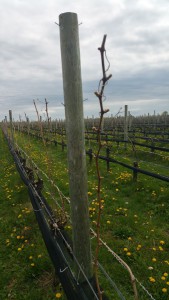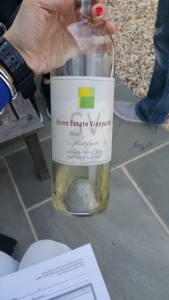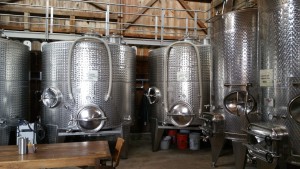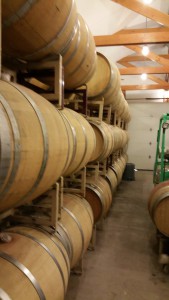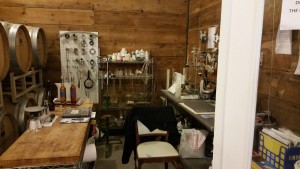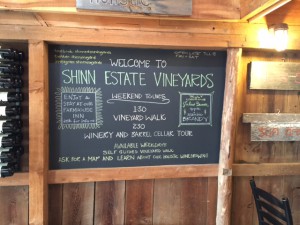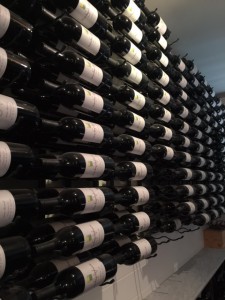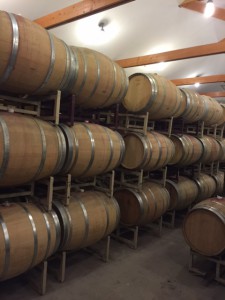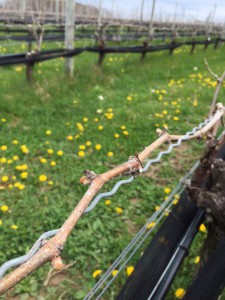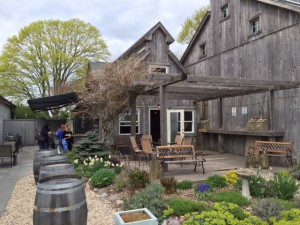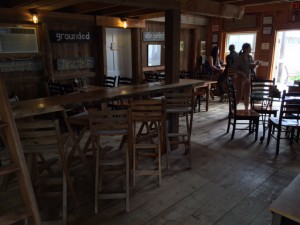The Brotherhood Winery is more commonly know as the United States “oldest” winery. It is located in Washingtonville, New York, a community in the Hudson Valley. In 2000 it was added to the National Register of Historic Places. The winery uses the slogan “America’s Oldest Winery.” The winery was started by John Jaques in 1838, who then passed it down to his three sons in 1858. His sons, John JR, Oren and Charles later renamed it “Jaques Brothers Winery” In 1886, ownership of winery came under the father and son ownership of James M. and Edward R. Emerson, acquiring it from Charles, the last surviving Jaques brother. The Emersons renamed it “Brotherhood” and began expanding it’s facilities which include a large underground winemaking vault. The property has many open spaces meant for rental. It showcases giant barrels of old wine that the winery used to make back when if first opened.
Throughout the winery’s history, many different varieties of grapes have been grown on the property. Each time the winery exchanged owners the grapes would change. When the establishment first began they grew Vitis Labrusca, which is a is a species of grapevines belonging to the Vitis genus in the flowering plant family Vitaceae, it is a grape known for growing in North America and are the source of many grape cultivars, including Catawba, Concord, Delaware, Isabella, and many hybrid grape varieties such as Agawam, Alexander and Onaka. The winery also produces various specialty wines, including one flavored with ginseng and a May wine with sweet strawberry flavors. The winery also produces a version of wine similar to mead made from wildflower honey and an Ethiopian style honey wine (Tej) named “Sheba Te’j Honey Wine”. Within the 1970’s the winery began producing wines made from French hybrids grapes. The grape; Vitis Vinifera is a species of Vitis, native to the Mediterranean region, central Europe, and southwestern Asia, from Morocco and Portugal north to southern Germany and east to northern Iran. There are currently between 5,000 and 10,000 varieties of Vitis vinifera grapes though only a few are of commercial significance for wine and table grape production. Wines produced from the establishment include Cabernet Sauvignon, Pinot noir, Merlot, Chardonnay, Riesling and a White Zinfandel.
My group and I entered the Wine tasting room and were amazed by the knowledge of the wine experts. It was a group of 10 and we had a chance to try 6 different types of wines from the winery. Wines included a’14 Brotherhood Winery Riesling, ‘13 Brotherhood Winery Cabernet Sauvignon, ’13 Brotherhood Winery Pinot Noir, Carroll’s Mead, Brotherhood Winery Carpe Diem Spumante, and ’14 Brotherhood Winery Chardonnay.
Each bottle was set with a 1 ounce locking cap and we got to try each. They expressed the tasting notes with much detail and allowed us to have another taste if we really enjoyed it. Each of the workers had extensive knowledge of each of the wines and was very attentive towards us when it came to us buying wine. I believe that this winery was very informative and that I was able to properly understand what it means to study wine for a livening.

